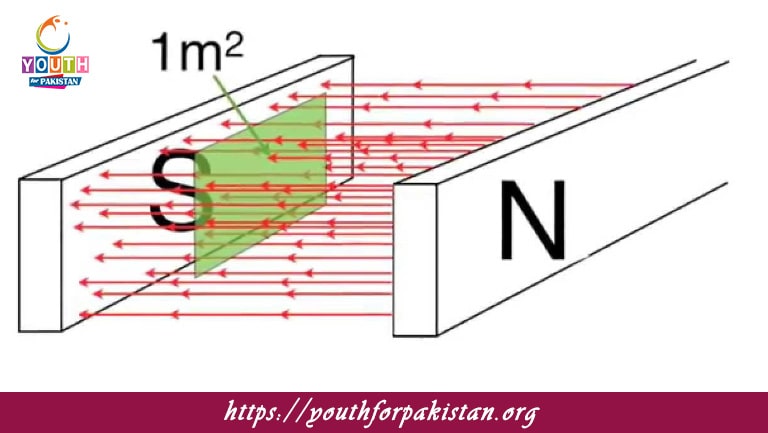Magnetic Flux Density MDCAT Quiz (also called magnetic field density) is a measure of the strength and direction of a magnetic field at a given point in space. For MDCAT students, understanding magnetic flux density is essential for solving problems related to electromagnetic forces, magnetic fields in circuits, and electromagnetic induction.
Test Your Knowledge with a Magnetic Flux Density MDCAT Quiz
An MDCAT Quiz on Magnetic Flux Density is a great way to test your knowledge and enhance your problem-solving abilities. These quizzes will cover topics from calculating the magnetic flux density for different configurations, applying it to real-life systems like solenoids, and understanding how the magnetic field strength is related to flux density. With regular practice, you’ll be able to understand the key concept in a better way, guaranteeing a confident performance in the MDCAT exam.
Note: Answer of the questions will change randomly each time you start the test, once you are finished, click the View Results button.
0Get Your Username and Password for MDCAT Tests
Sign Up Now
Free Flashcards for Quick Revision
Reinforce your learning with Free Flashcards focused on Magnetic Flux Density. These flashcards provide concise definitions, formulas, and examples, such as the relation between magnetic field lines and flux density. Using flashcards allows for quick and efficient revision, helping you retain critical information needed for the MDCAT exam.

The unit of magnetic flux is:

Magnetic flux is defined as the product of:

Magnetic flux through a surface is zero when:
The magnetic field is perpendicular to the surface

The formula for magnetic flux is:

The magnetic flux through a surface depends on:
The angle between magnetic field and normal

The magnetic flux through a coil is proportional to:
The number of turns in the coil

The magnetic flux is maximum when the angle between the magnetic field and the area is:

The magnetic flux through a coil is zero when:
The magnetic field is parallel to the coil's plane

Magnetic flux can be measured using:

The magnetic flux density is measured in:

Magnetic flux is a scalar quantity because:
It does not have a direction

The magnetic flux through a closed loop depends on:
The current passing through the loop

If the magnetic field is doubled, the magnetic flux:

The magnetic flux through a surface is zero when:
The magnetic field is parallel to the surface

The magnetic flux through a surface is negative when:
The magnetic field is opposite to the normal vector

The magnetic flux through a coil with N turns is:

The formula for magnetic flux density is:

The change in magnetic flux induces:
An emf (electromotive force)

The flux linkage of a coil with N turns is:

The flux density at a point depends on:
The magnitude of the magnetic field at that point

The magnetic flux through a surface is independent of:

The concept of magnetic flux was introduced by:

A magnetic field can produce flux in:

Magnetic flux through a closed loop is proportional to:
The current through the loop

The total flux through a coil is the sum of the fluxes through:

Magnetic flux is affected by:
The area the field passes through

The magnetic flux through a coil increases if:
The magnetic field strength increases

Magnetic flux is calculated by the product of:
Magnetic field strength and area

The SI unit of magnetic flux is the same as:

The magnetic flux is positive if:
The magnetic field and area vector are in the same direction
Experience the real exam environment with our expertly designed collection of over 25,000 MCQs MDCAT Mock Tests.
View Your Dashboard







